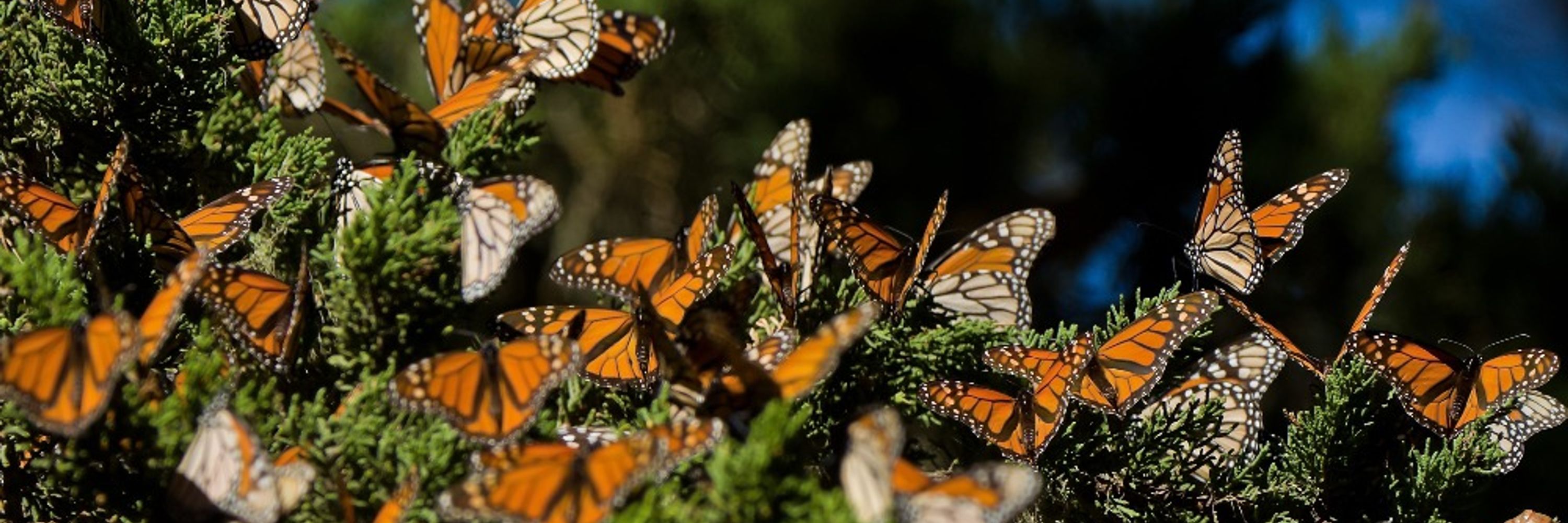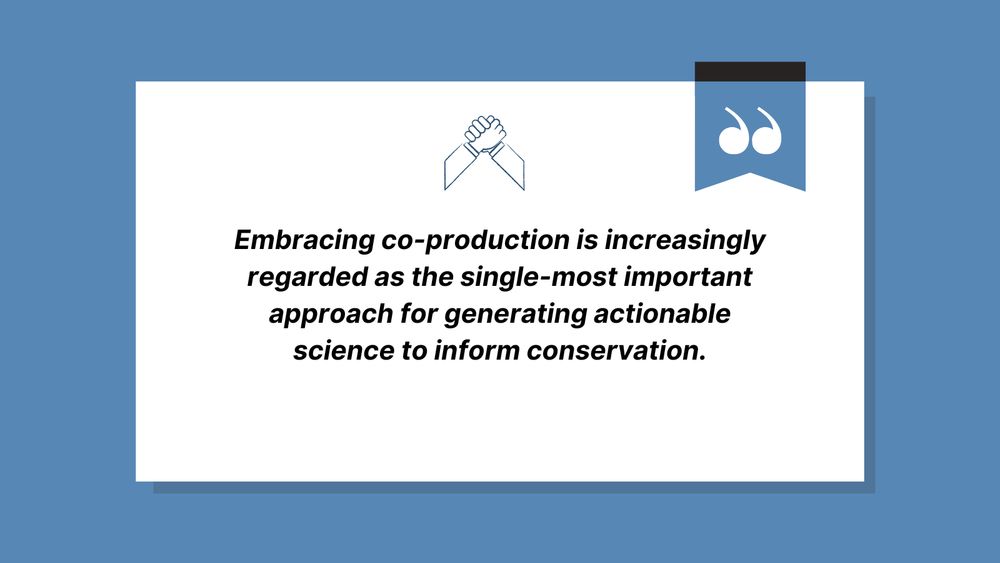Conservation Physiology
@conphysjournal.bsky.social
1.3K followers
110 following
230 posts
Open Access journal from the Society for Experimental Biology. Publishing research, reviews, methods and perspectives in the field of Conservation Physiology.
https://academic.oup.com/conphys
Posts
Media
Videos
Starter Packs
Pinned
Reposted by Conservation Physiology
Reposted by Conservation Physiology
Reposted by Conservation Physiology
Reposted by Conservation Physiology
Reposted by Conservation Physiology
Reposted by Conservation Physiology
Reposted by Conservation Physiology






















